BMW i7 eDrive50 FAQs
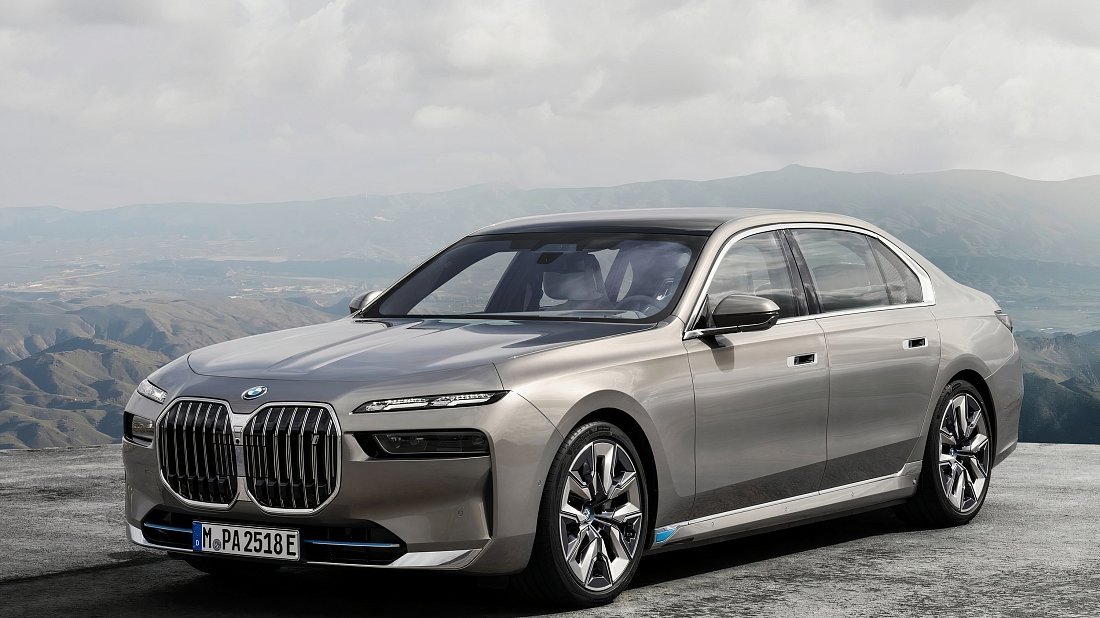
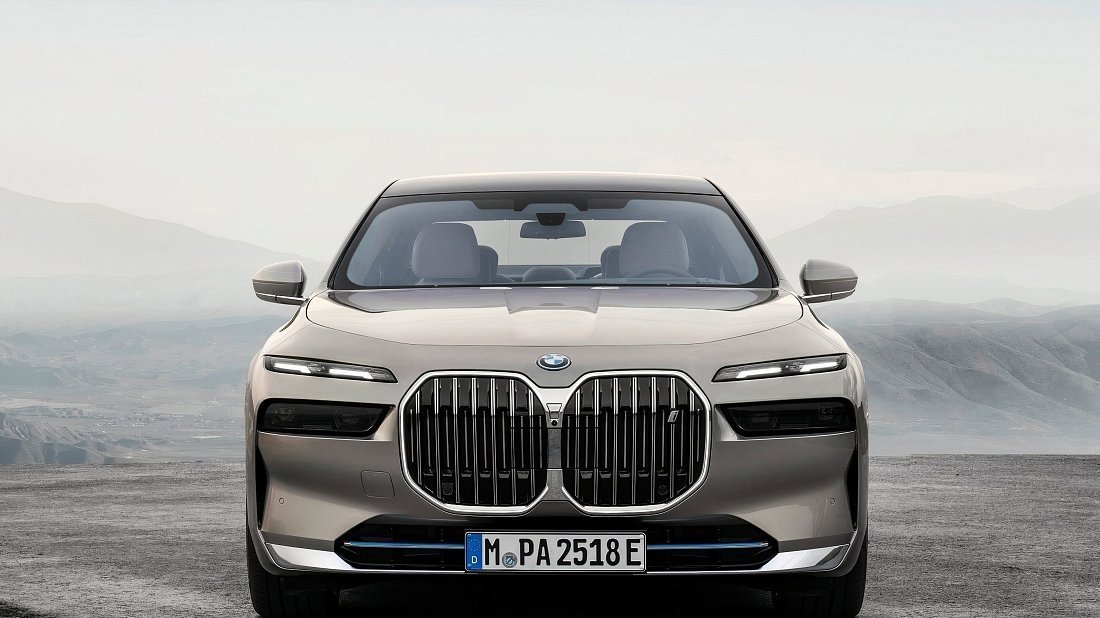
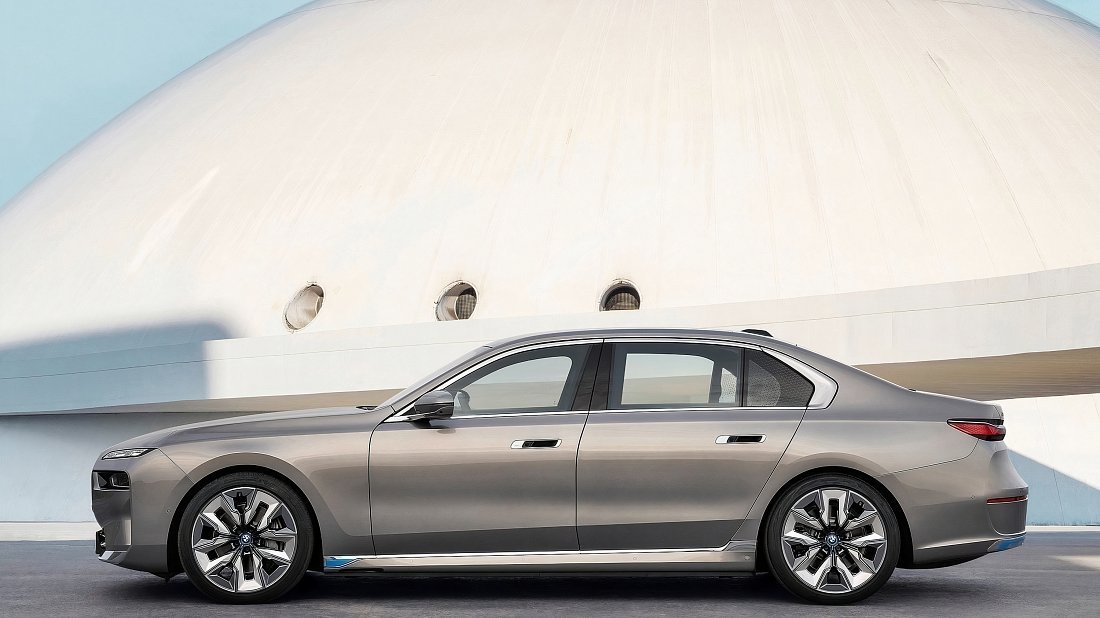
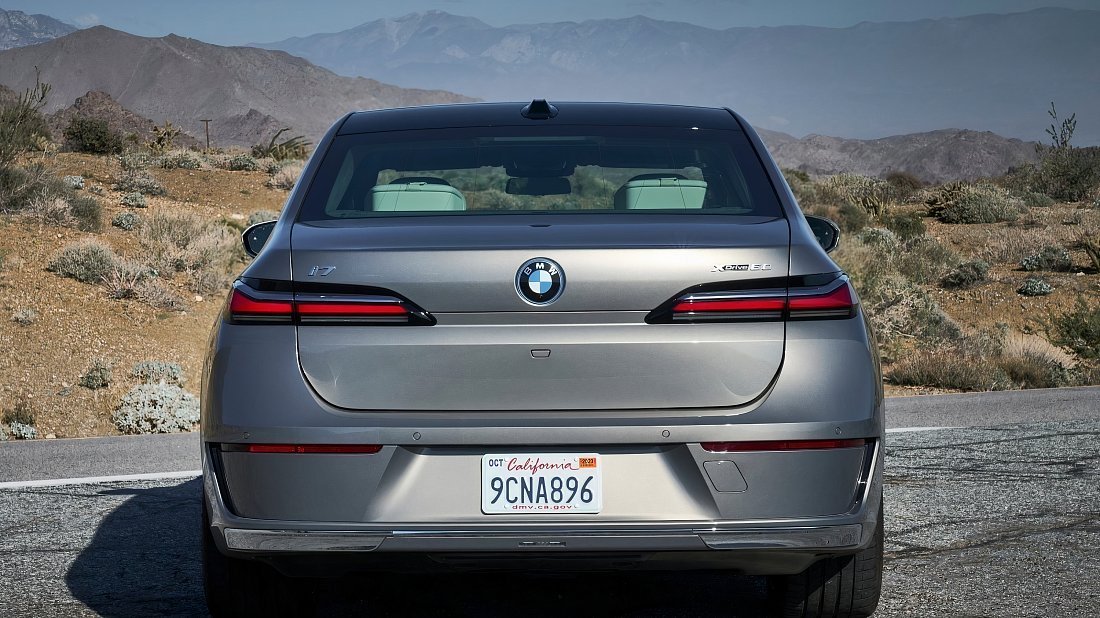
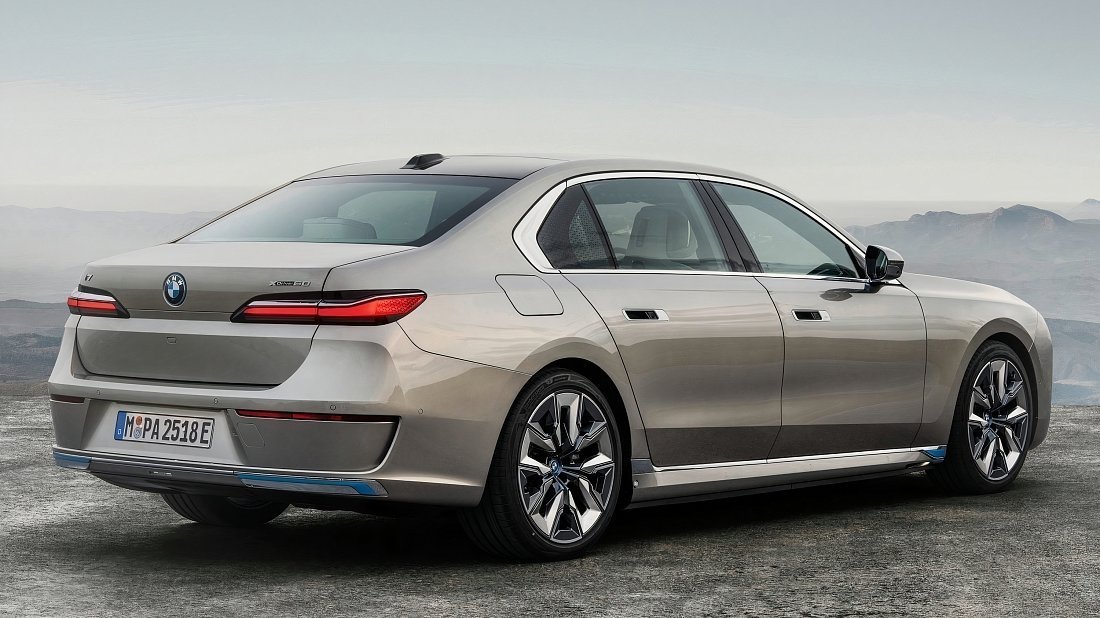
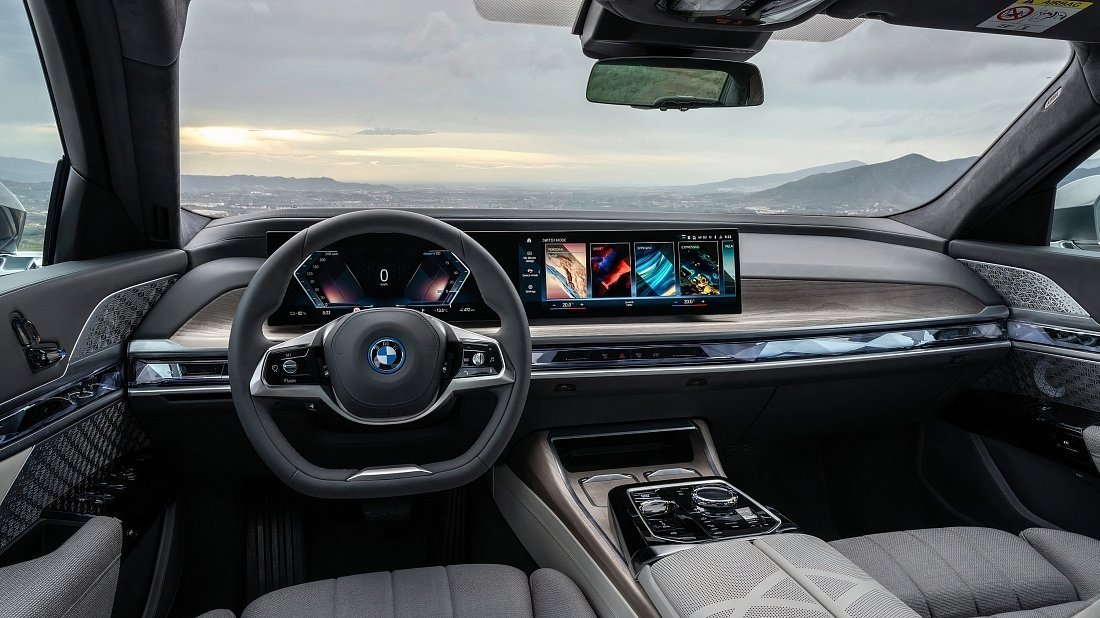
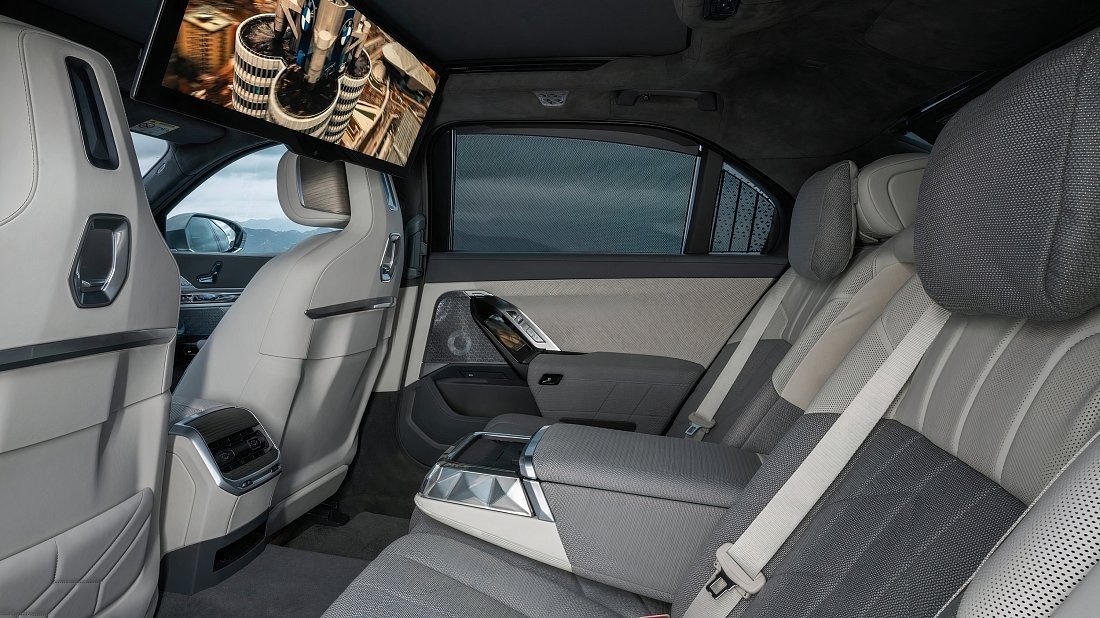
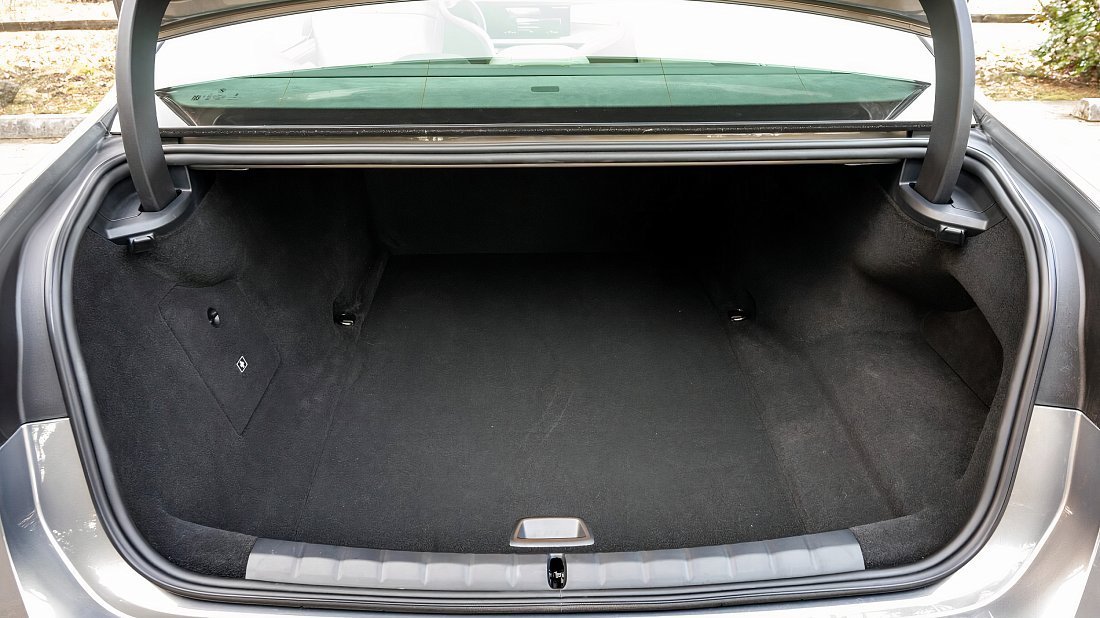
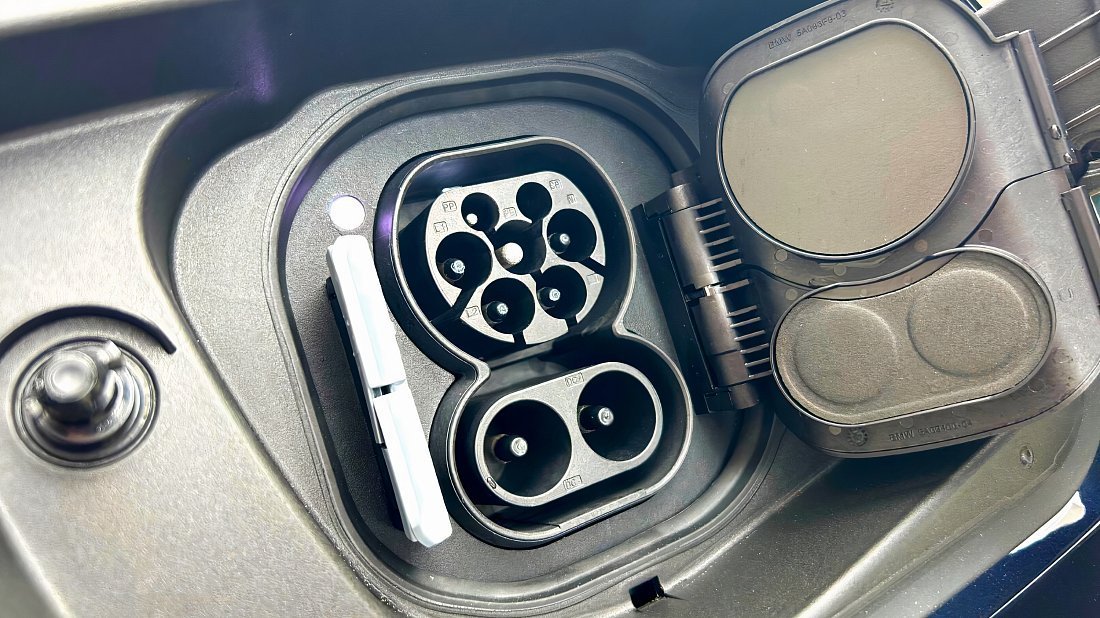
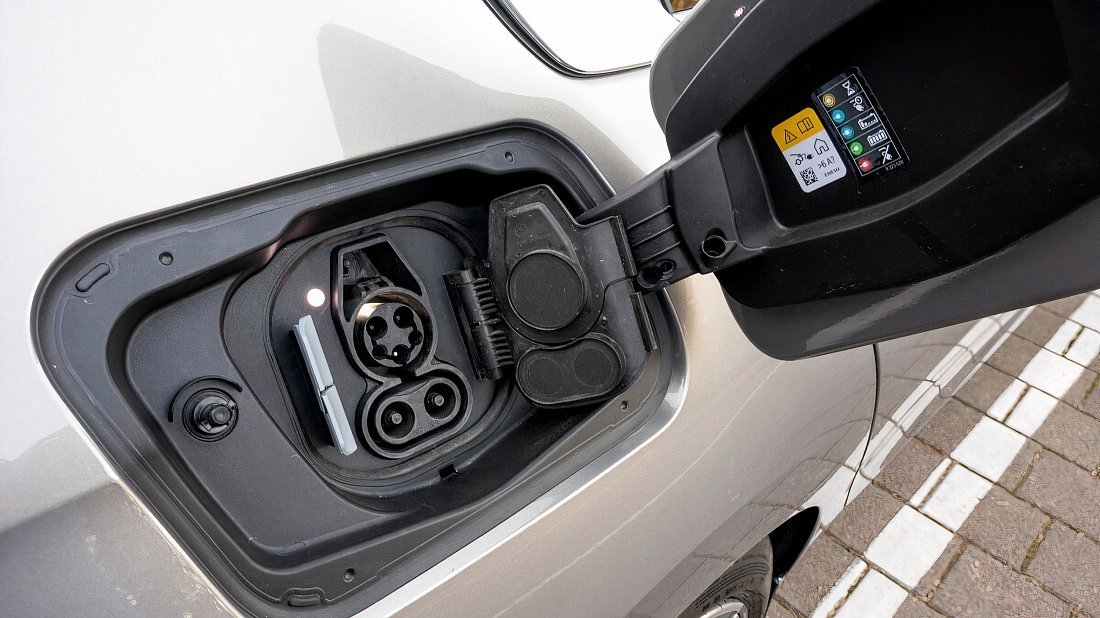
Frequently Asked Questions
The BMW i7 eDrive50 (2023-…) is equipped with a powertrain that delivers up to 335 kW (449 hp) of power and 650 Nm of torque.
This enables a 0 to 100 km/h acceleration in 5.5 seconds (№37 out of 123 ranked positions, among 990 electric vehicles, with some cars sharing positions) and a top speed of 205 km/h.
The estimated real-world range for BMW i7 eDrive50 (2023-…) is 509 km, ranking it №77 out of 362 ranked positions. Several conditions can influence this range:
- Speed: The battery drains faster at higher speeds.
- Temperature: Extreme temperatures can impact range.
- Terrain: Range is reduced on hilly or mountainous terrain.
- Driving style: Aggressive driving behaviors, such as frequent acceleration and braking, decrease efficiency.
- Feature utilization: Climate control and media system usage also affect range.
These figures are approximations, and your actual driving range may vary. When planning trips, consider these factors and be prepared for potential charging stops.
For trip planning assistance, utilize the EV Navigation interactive map.
The BMW i7 eDrive50 (2023-…) in Europe is equipped with a CCS Type 2 charging port. You can charge it conveniently at home using a standard outlet, or utilize any public AC charging station with the appropriate cable. However, the car's built-in charger (inverter) limits the maximum AC charging speed to 11 kW, which translates to roughly 50 km of range added per hour.
For faster charging, use DC fast-charging stations. The BMW i7 eDrive50 (2023-…) supports a maximum DC charging rate of 200 kW, but it's important to note that battery temperature and current charge level can affect the actual charging speed you'll experience.
To estimate charging time, rate, and cost, you can use our EV Charging Calculator.
In Europe, the BMW i7 comes standard with a 11 kW on-board charger. For those seeking quicker AC charging speeds, an optional 22 kW charger is available.
BMW i7 eDrive50 (2023-…) comes in the following dimensions:
- Length: 5391 mm
- Width: 2192 mm (including side mirrors) or 1950 mm (excluding side mirrors)
- Height: 1544 mm
- Wheelbase: 3215 mm (distance between the center of the front and rear wheels)
- Curb weight: 2595 kg (weight of the empty car, no people or cargo)
Behind the rear seats of the BMW i7 eDrive50 (2023-…), you'll find 500 litres of storage space (№97 out of 210 ranked positions, among 990 electric vehicles, with some cars sharing positions).
Folding down the rear seats expands the total cargo capacity to 500 litres (№211 out of 215 ranked positions, among 990 electric vehicles, with some cars sharing positions).
The car doesn’t have a “frunk” (front trunk).
The car isn’t officially rated for towing.
